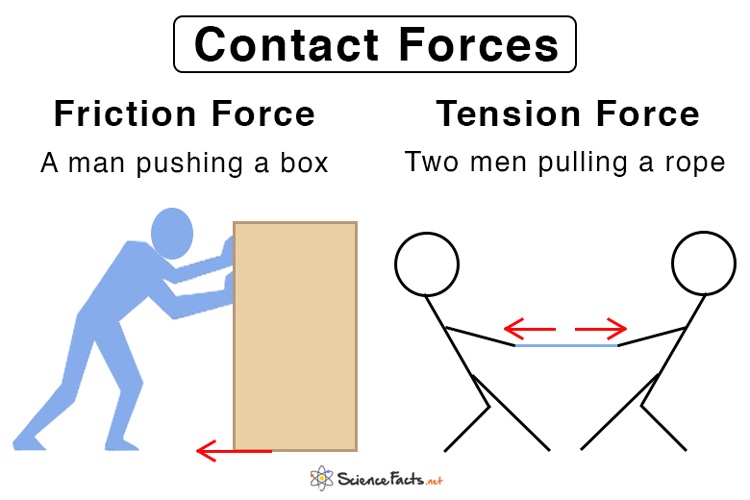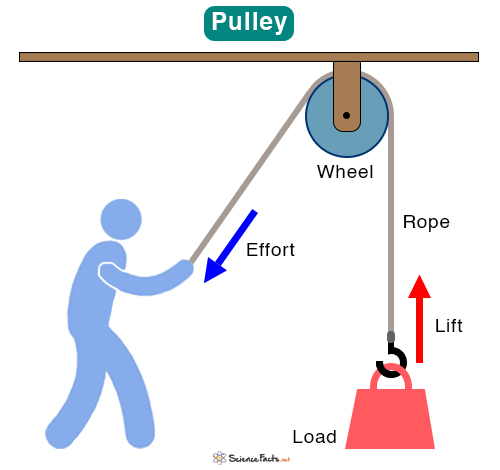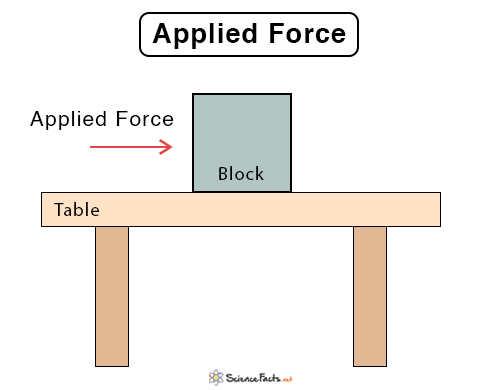Uniform Motion
Uniform motion occurs when an object covers equal distances in equal time intervals. In other words, the object does not speed up (accelerate) or slow down (decelerate). Its velocity remains constant throughout the motion.
Since the object moves in a straight path, uniform motion is also called uniform linear motion. A special case is uniform circular motion, where the object moves in a circular path at a constant speed, but its velocity changes direction.
Equation
To describe the uniform motion of an object, we use the formula for velocity:
v = d/t
Where:
– v: velocity
– d: distance traveled
– t: time taken
Example Problem
A car travels 50 kilometers in 30 minutes on a straight road. What is its velocity?
Solution
Given:
– distance: d = 50 km
– time: t = 30 mins = 0.5 h
Using the formula:
v = d/t = 50 km/0.5 h = 100 km/h
This means the car moves at a constant speed of 100 km/h in a straight line.
Graphical Representation
Graphs help us easily visualize motion. Two important graphs used to represent motion are:
Distance-Time Graph
This graph shows how far an object has traveled over time.
– The x-axis (horizontal) represents time (t) in seconds.
– The y-axis (vertical) represents distance (d) in meters.
For uniform motion, this graph is a straight line that slopes upward.
– A steeper slope indicates higher speed.
– A flatter slope indicates a lower speed.
The slope of the line represents the velocity.
Velocity-Time Graph
This graph shows how the object’s velocity changes over time.
– The x-axis represents time (t) in seconds.
– The y-axis represents velocity (v) in meters per second (m/s).
The graph is a horizontal straight line for uniform motion, meaning the velocity remains constant over time. The area under the graph represents the total distance traveled.
Real-World Applications
- Transportation: Cars on highways using cruise control move at a constant speed.
- Airport and Industry: Conveyor belts in factories and moving walkways in airports transport items or people at a fixed speed.
- Trains: High-speed trains (e.g., Maglev trains) often maintain a constant velocity between stations.
Uniform Motion vs. Non-Uniform Motion
The table below highlights the differences between uniform and non-uniform motion:
| Feature | Uniform Motion | Non-Uniform Motion |
|---|---|---|
| Speed | Constant (does not change) | Changes (increases or decreases) |
| Direction | Remains the same | May change |
| Velocity | Constant | Not constant |
| Acceleration | Zero (no speeding up or slowing down) | Not zero (object may speed up or slow down) |
| Distance Covered | Equal distances in equal time intervals | Unequal distances in equal time intervals |
| Distance-Time Graph | Straight line | Curved line |
| Example | A car on cruise control on a straight road | A car stuck in traffic, moving and stopping |
-
References
Article was last reviewed on Tuesday, June 10, 2025









